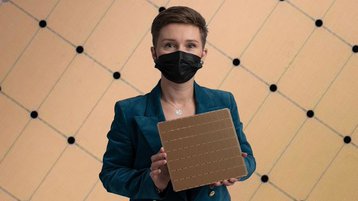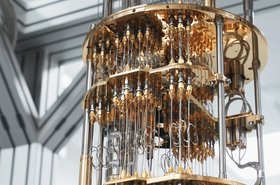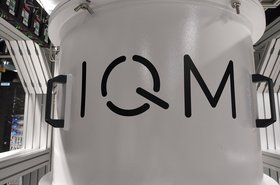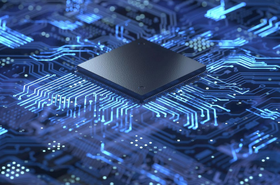The Pittsburgh Supercomputing Center has upgraded its Neocortex supercomputer with the latest generation appliance from Cerebras.
The high-performance computing (HPC) cluster has been upgraded with two new Cerebras CS-2 systems, powered by the second-generation wafer-scale engine (WSE-2) processor, the world's largest computer chip.
PSC said the WSE-2 doubles the system’s cores and on-chip memory and offers a new execution mode, allowing for larger-scale deep-learning tasks, faster training, larger models, and larger input data. The CS-2 servers have been deployed and tested at PSC, and are each paired with an HPE Superdome Flex HPC server.
“We are extremely excited to welcome the CS-2 servers into Neocortex,” said Paola Buitrago, principal investigator of Neocortex and Director, Artificial Intelligence & Big Data at PSC. “This upgrade enhances support for new models, algorithms and research opportunities. We look forward to the breakthroughs that the now even greater capabilities of Neocortex would enable. We will continue working with the research community to help them take advantage of this technology that is orders of magnitude more powerful.”
The system was first announced in July 2020 with $5 million in funding from the National Science Foundation, and utilizing Cerebras’ earlier WSE-1 offering. Neocortex has been funded with $11.25 million from the National Science Foundation to date.
The CS-2, introduced last year, improves upon the CS-1’s capabilities by expanding the number of cores from 400,000 to 850,000 and on-chip memory from 18 GB to 40 GB, reportedly with the same footprint, power, and cooling requirements as the CS-1.
Established in 1986, the PSC is a joint computational research center with Carnegie Mellon University and the University of Pittsburgh. As well as Neocortex, it houses the Anton 2 and Bridges 2 supercomputers, the latter of which came online last year.







